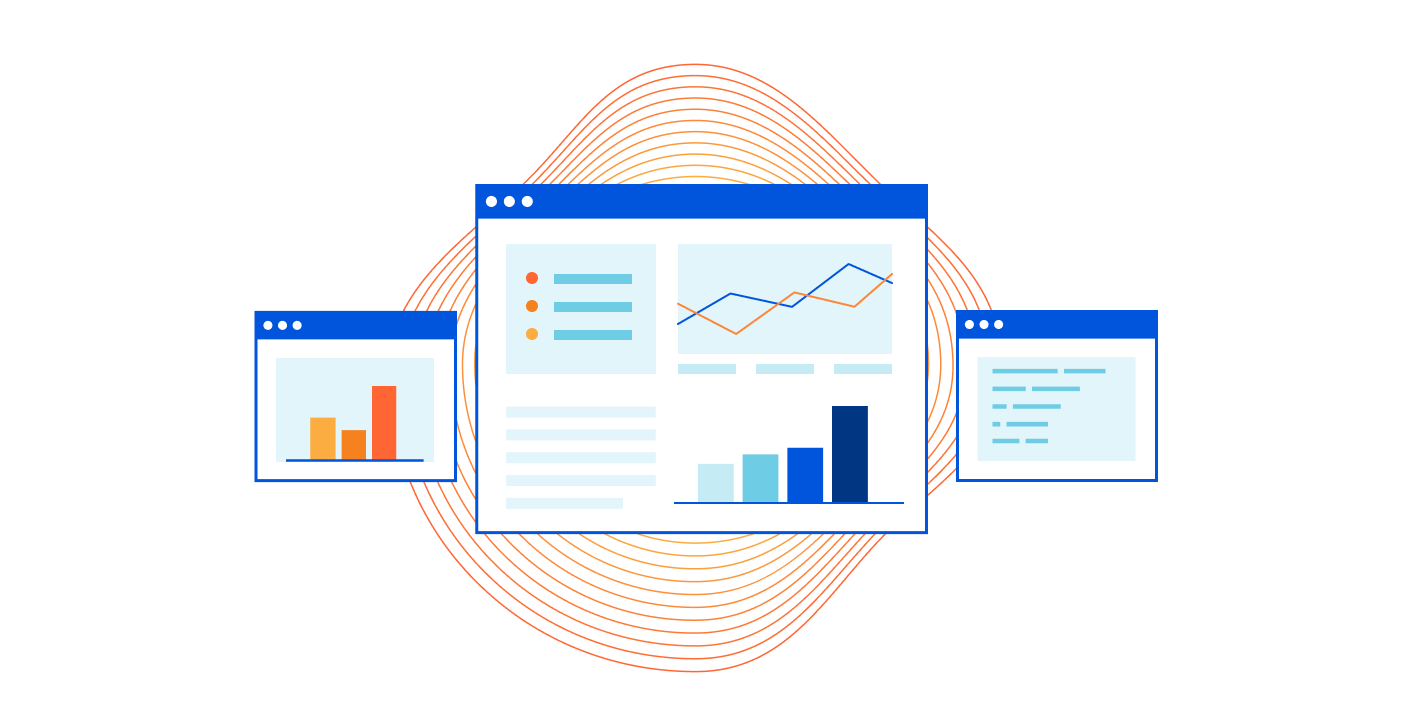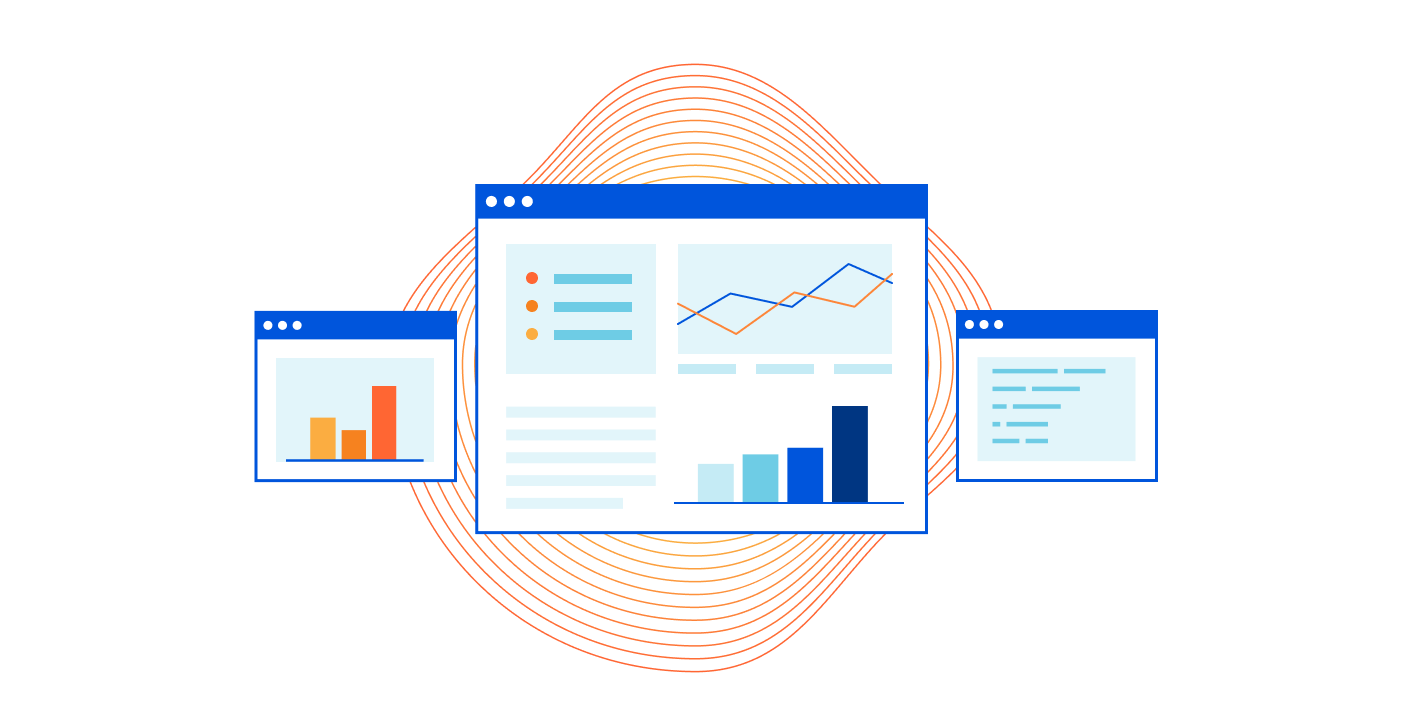0

A big divide: Tim Berners-Lee, inventor of the World Wide Web, says the digital divide has grown during the COVID-19 pandemic, the BBC reports. He called on governments to provide universal broadband by 2030 in his annual letter marking the anniversary of the Web. About one-third of young people do not have Internet access and many more people lack connections that are good enough to allow them to work or learn from home.
Spy vs. spy: Hackers have breached surveillance camera data collected by Silicon Valley startup Verkada and gained access to live feeds of 150,000 security cameras inside hospitals, companies, police departments, prisons, and schools, Bloomberg reports. Live cameras inside Tesla factories, women’s health clinics, and psychiatric hospitals were also breached. The breach exposed the reach of surveillance, the Washington Post suggested, with one expert saying that “our desire for some fake sense of security is its own security threat.”
Drones to the rescue: A Wisconsin company is working on a way to use drones to provide reliable cellular service and Internet access to a rural area of the state, Wisconsin Public Radio reports. About 15 percent of the Northland Pine School District’s 1,340 students have no Continue reading


 There is bandwidth and bandwidth
There is bandwidth and bandwidth

